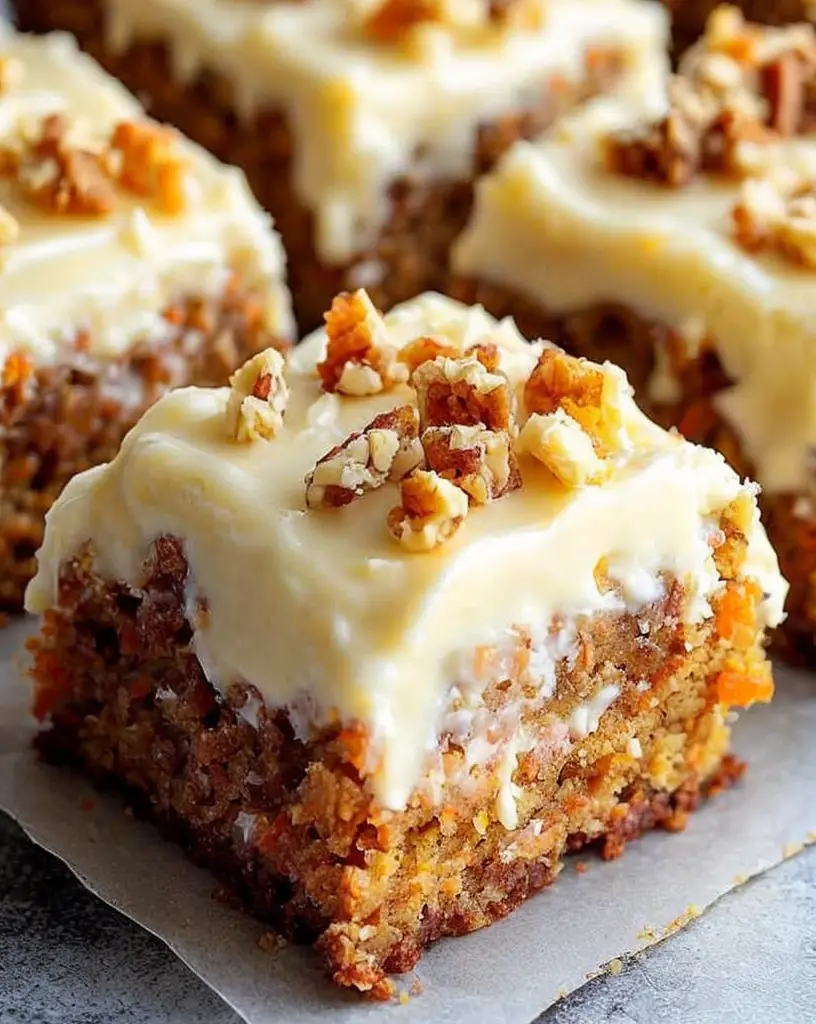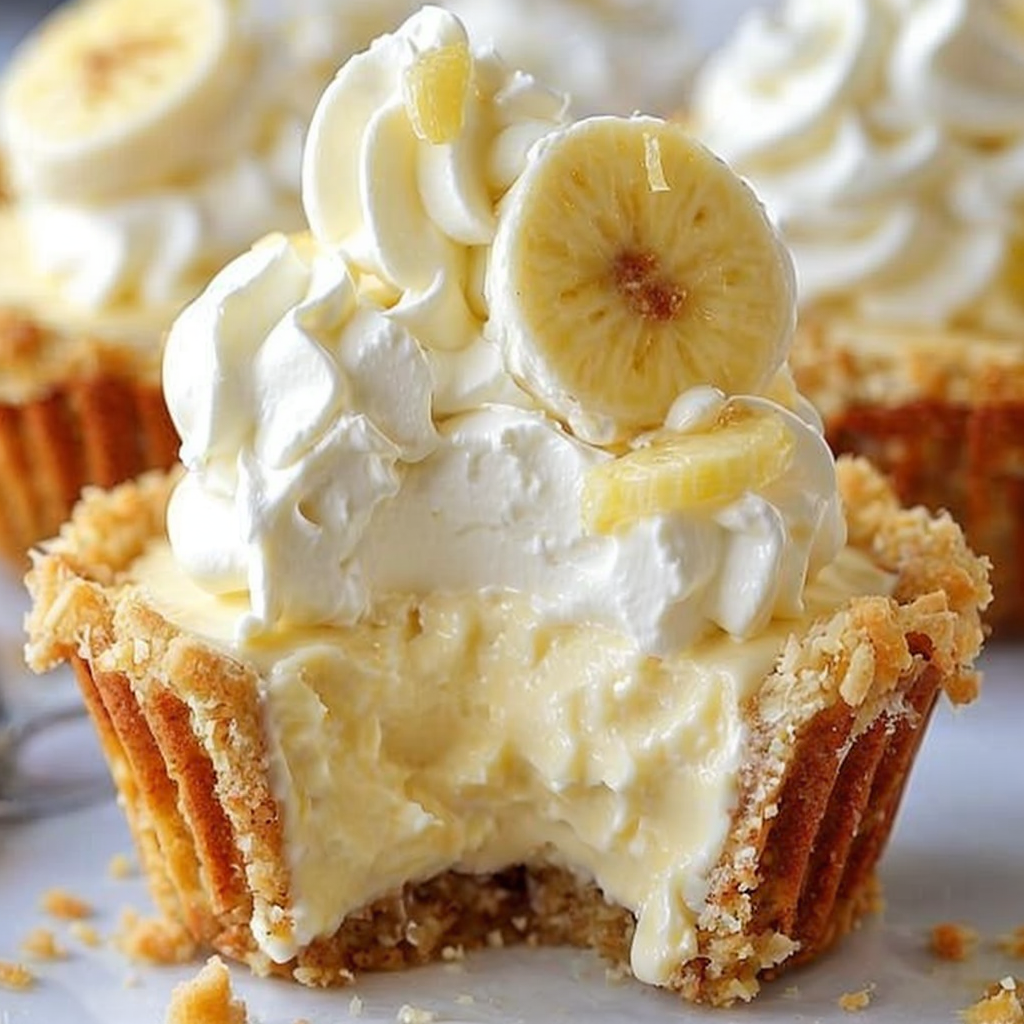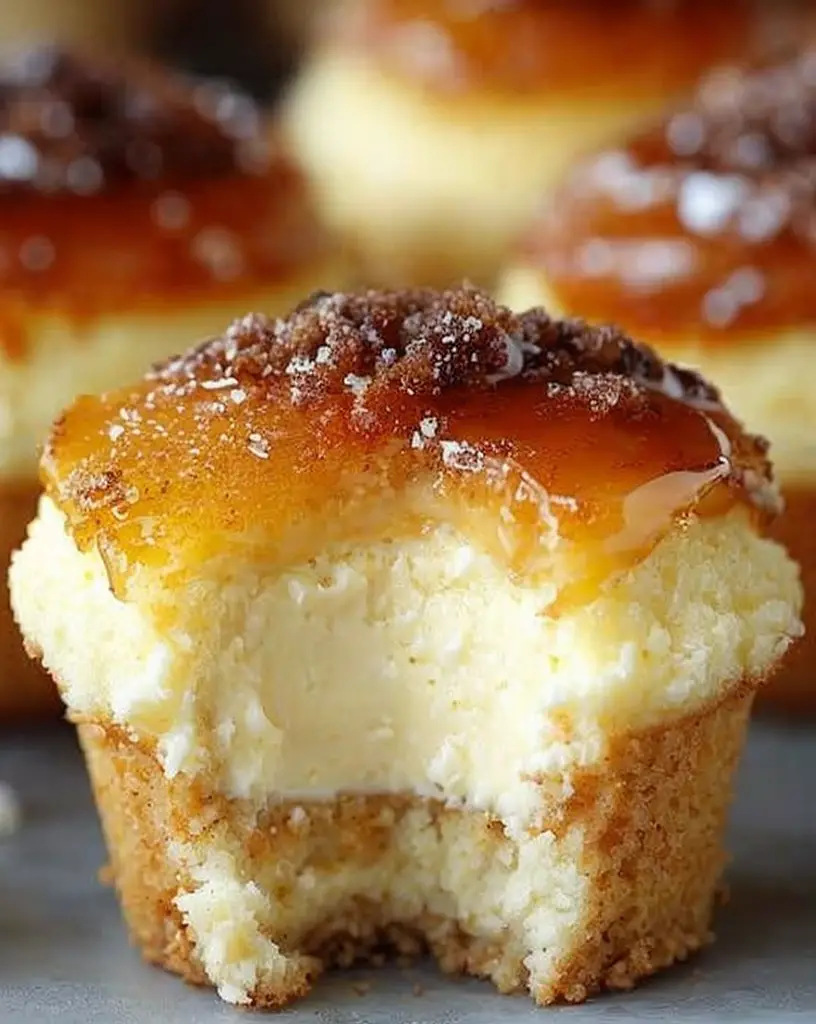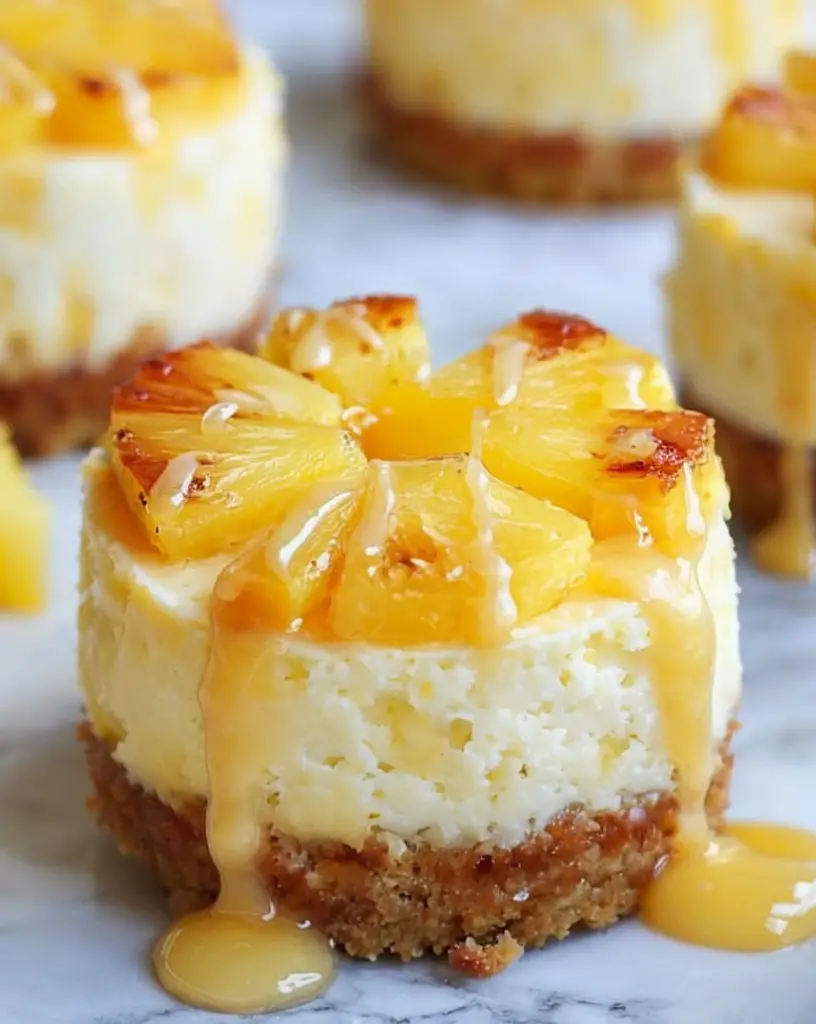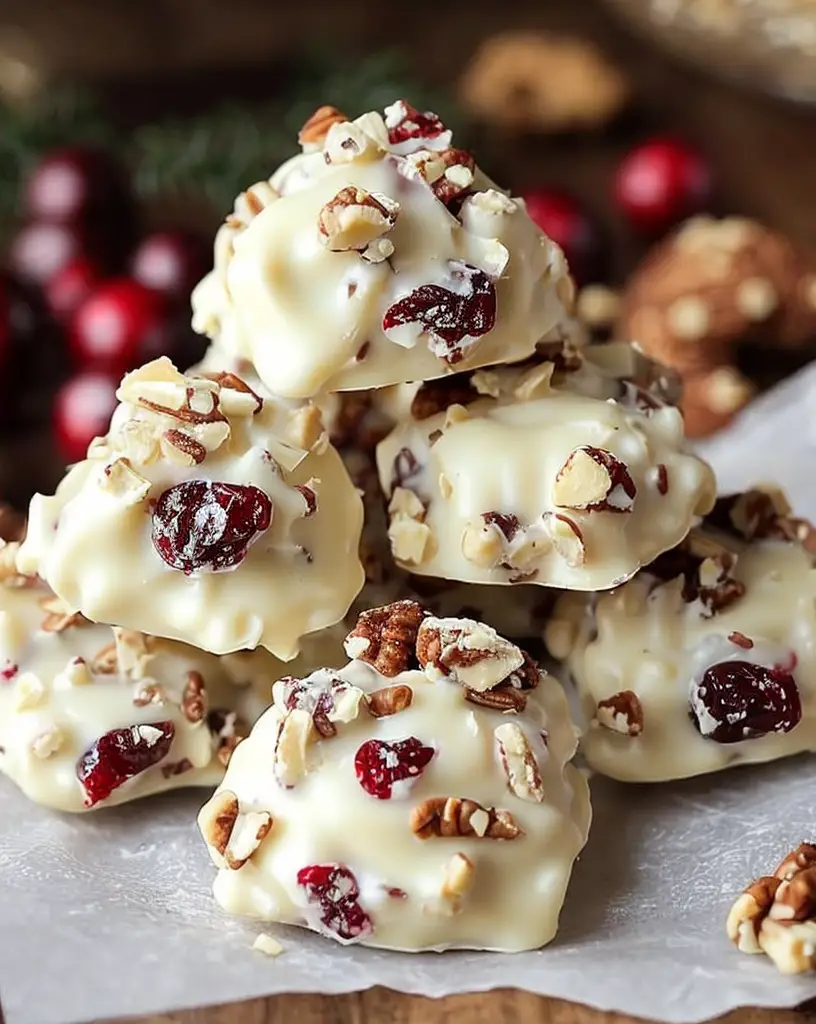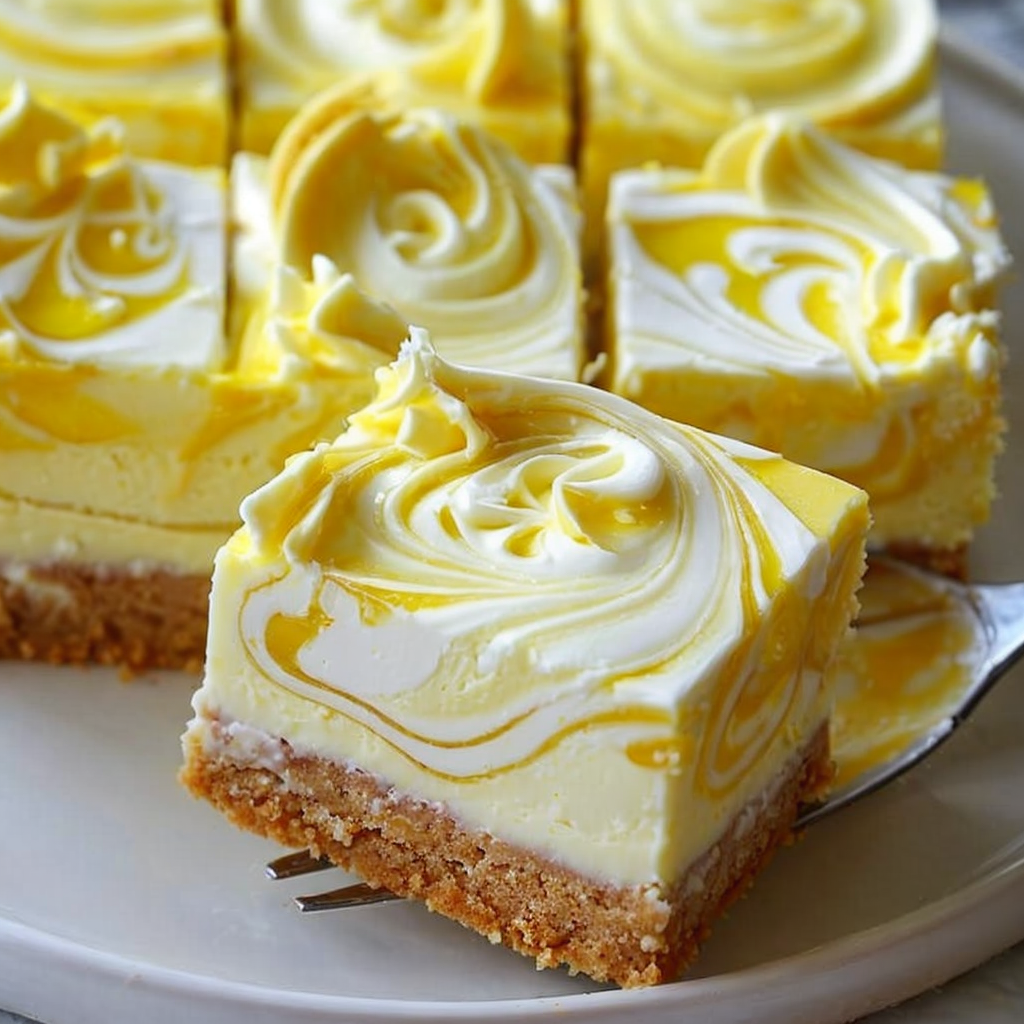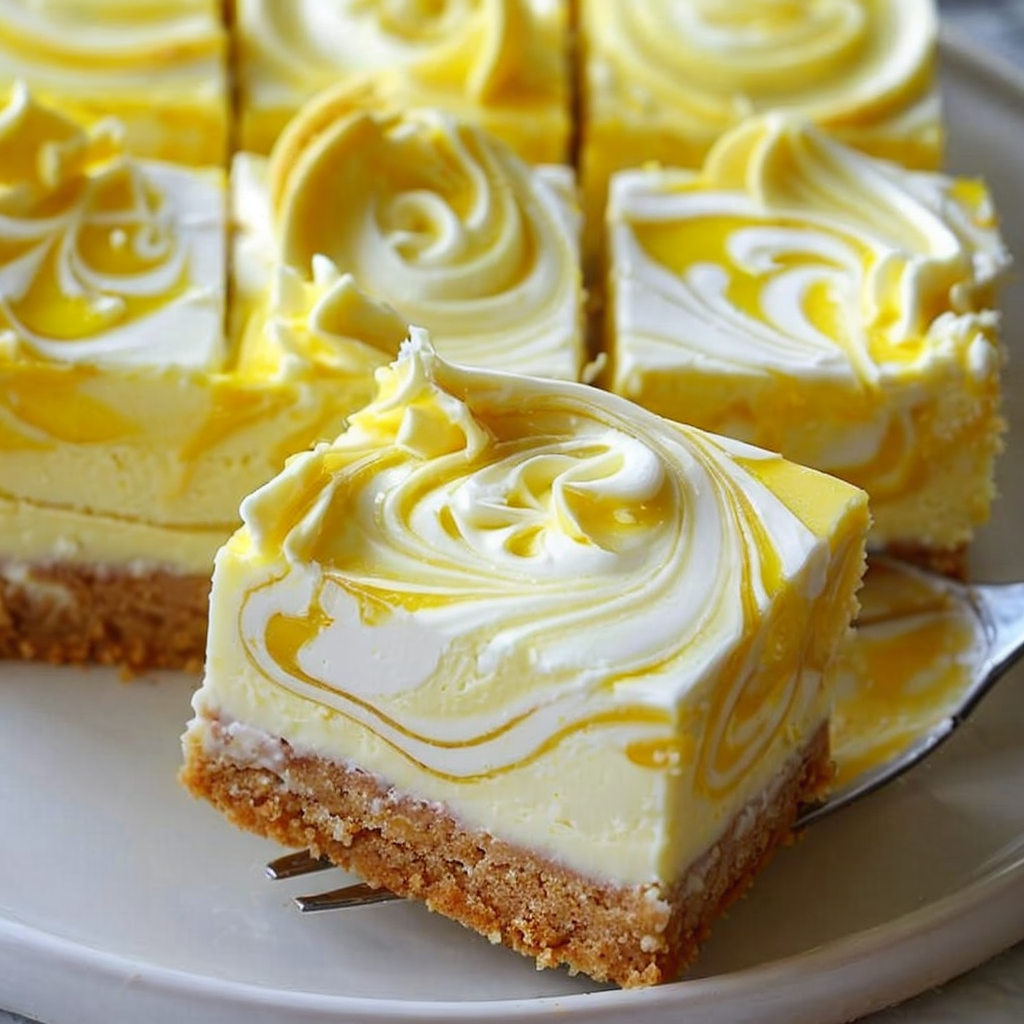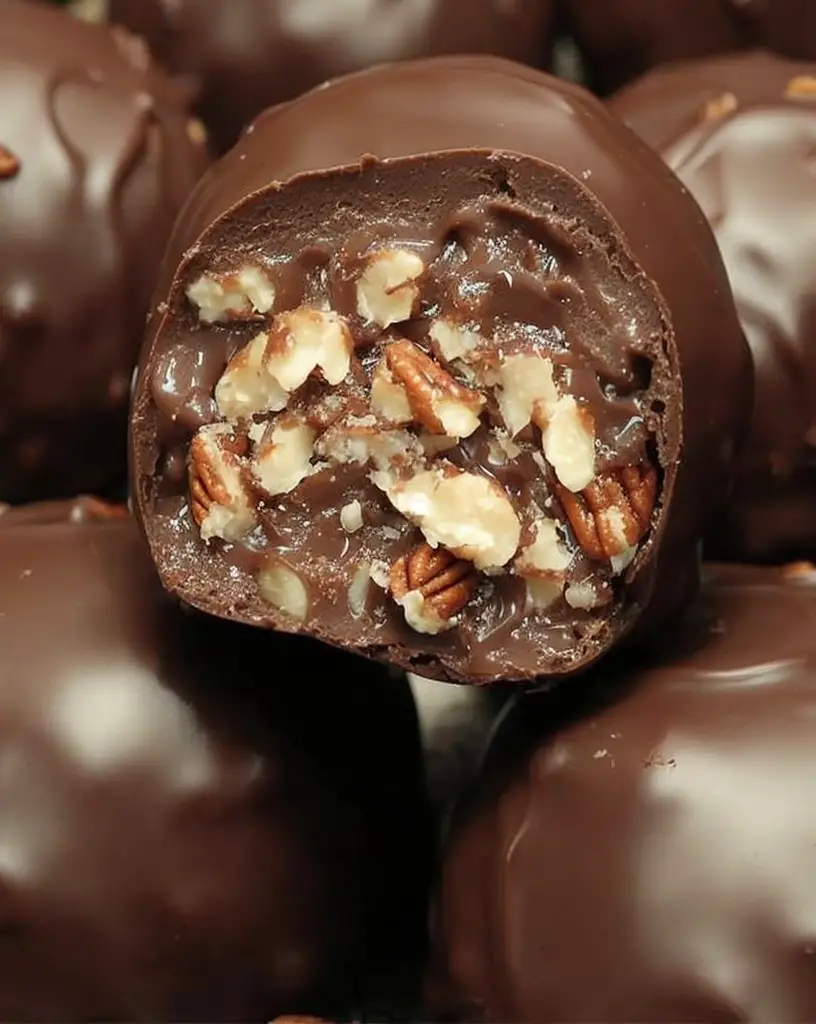Heavenly Lemon Raspberry Meringue Cheesecake
The Heavenly Lemon Raspberry Meringue Cheesecake is a delightful fusion of flavors and textures that will captivate your taste buds. This dessert masterpiece combines a creamy cheesecake base with a tangy lemon curd, a fresh raspberry layer, and a light, fluffy meringue topping. The contrast between the rich cheesecake and the tart lemon and raspberry components creates an irresistible dessert experience. Discover how to make this indulgent treat that will impress your family and friends with its stunning presentation and delectable flavors.
Quick Recipe Highlights
– Flavor Profile: A harmonious blend of creamy cheesecake, tart lemon, sweet raspberries, and caramelized meringue.
– Texture: Smooth and creamy with a crunchy biscuit base and a delicate fluffy meringue topping.
– Aroma: Inviting citrus and berry notes with hints of caramel from the meringue.
– Visual Appeal: A vibrant, multi-layered dessert with a golden meringue finish.
– Skill Level Needed: Intermediate, requiring basic cheesecake and meringue-making techniques.
– Special Equipment: Springform pan, hand mixer or stand mixer, and a kitchen torch for the meringue.
Recipe Overview
– Difficulty Level: Intermediate. While the recipe requires several steps, each is straightforward, making it accessible for home bakers familiar with basic techniques.
– Category: Dessert, Cheesecake
– Cuisine: Modern fusion, blending classic cheesecake with European influences in meringue decoration.
– Cost: Approximately $15-$20 for main ingredients like cream cheese, lemons, and raspberries.
– Season: Perfect for summer when raspberries are at their peak of freshness.
– Occasion: Ideal for celebrations, gatherings, or as a show-stopping family dessert.
Why You’ll Love This Recipe
You’ll fall in love with the Heavenly Lemon Raspberry Meringue Cheesecake for its perfect balance of flavors and textures. The smooth, creamy cheesecake is complemented by a tangy lemon curd, offering a refreshing contrast that enlivens the palate. Convenience is key, as this impressive dessert can be prepared ahead of time, making it an excellent choice for entertaining. Nutritionally, it’s a rich yet satisfying treat that can be adapted to suit various dietary needs. With accessible ingredients, it’s both cost-effective and easy to source, ensuring this cheesecake becomes a staple in your dessert repertoire.
Historical Background and Cultural Significance
The origin of cheesecake dates back to ancient Greece, with versions evolving globally into the diverse dessert we enjoy today. The incorporation of lemon and raspberries brings a modern twist to this classic, inspired by British and French patisserie traditions. Over time, meringue has become a popular topping in European baking, adding both flavor and visual drama to confections. Regional variations of this cheesecake exist, each showcasing local produce and culinary techniques. Traditionally, such desserts are served during festive occasions, emphasizing their cultural role in celebrations.
Ingredient Deep Dive
Cream cheese is the foundation of any cheesecake, offering a rich and creamy base. When choosing cream cheese, look for full-fat varieties for a smoother texture and richer flavor. Lemons provide the tart, zesty contrast essential to the curd; select firm, bright specimens for maximum juice and fragrance. Fresh raspberries infuse the dessert with sweetness and color, with frozen options serving as a convenient alternative when they’re out of season. Store each ingredient properly to maintain freshness, and consider substitutes like alternative citrus fruits or berry varieties for personalization.
Common Mistakes to Avoid
– Overmixing the cheesecake batter, leading to cracks.
– Undercooking the meringue, which may result in a runny or overly soft topping.
– Failing to let the cheesecake cool completely before adding the meringue, causing it to slide off.
– Not using a springform pan, which can make removing the cheesecake difficult.
– Using low-fat ingredients, which can affect texture and flavor.
– Rushing the chilling process, which prevents flavors from developing fully.
– Forgetting to stabilize meringue with cream of tartar or lemon juice.
– Neglecting to torch the meringue properly, resulting in uneven browning.
Essential Techniques
Mastering this recipe involves key techniques such as creating a smooth cheesecake batter by beating cream cheese until lump-free and incorporating eggs gently to avoid incorporating too much air. The citrus curd demands careful cooking to prevent curdling while ensuring the correct balance of tartness and sweetness. Meringue requires proper whipping to stiff peaks and controlled torching for a browned top. Visual cues, like the sheen of the meringue and the set texture of the cheesecake, will guide success.
Pro Tips for Perfect Heavenly Lemon Raspberry Meringue Cheesecake
– Always begin with room-temperature cream cheese for a smoother mixture.
– Use fresh lemon juice for the most vibrant flavor in the curd.
– When making meringue, ensure the mixing bowl is grease-free for optimal volume.
– Allow the cheesecake to rest overnight for enhanced flavor development.
– Employ a water bath if concerned about cracking.
– For even baking, use an oven thermometer to verify temperature.
– Toast the meringue within a few hours of serving to maintain optimal texture.
– Garnish with fresh raspberries or edible flowers for a stunning presentation.
Variations and Adaptations
This cheesecake can be adapted to suit various preferences and dietary needs. Substitute blueberries or blackberries for raspberries for a seasonal twist. Gluten-free graham crackers or almond meal can replace the biscuit base for a gluten-free version. Experiment with lime or orange zest for alternative citrus flavors. Texture modifications include swirling in fruit purees or adding chopped nuts for crunch. Present the cheesecake as individual servings in jars for a modern touch.
Serving and Presentation Guide
For an elegant presentation, use a sharp knife heated under hot water to slice the cheesecake cleanly. Plate the slices on a dessert plate, accentuating them with a drizzle of berry coulis. Enhance the dish’s visual appeal with a sprinkle of powdered sugar or fresh mint leaves. Consider serving this dessert chilled to highlight the refreshing lemon and raspberry elements. Portion control can be achieved by pre-slicing the cake into evenly sized pieces.
Wine and Beverage Pairing
A crisp, off-dry sparkling wine or a medium-sweet Riesling complements the tangy and sweet elements of this cheesecake. For non-alcoholic options, a cold raspberry iced tea or a lemon-infused sparkling water provides a refreshing pairing. Coffee or a lightly brewed green tea can accompany the dessert for a balanced conclusion to a meal. Ensure drinks are served chilled to harmonize with the cool, creamy texture of the cheesecake.
Storage and Shelf Life
Store the cheesecake in the refrigerator, covered loosely with foil or plastic wrap, to prevent drying out. It remains fresh for up to five days, though it’s best enjoyed within the first two. Signs of spoilage include an off-smell or discoloration. For reheating, bring the cheesecake to room temperature to soften the texture. While freezing is an option, note that meringue can become less stable; freeze without meringue and add it fresh before serving.
Make Ahead Strategies
This cheesecake can be prepared in stages: the base and filling a couple of days ahead and the meringue topping added just before serving. Assemble the layers, store covered in the refrigerator, and apply meringue after bringing the cheesecake to room temperature. The flavor improves with overnight refrigeration, allowing ingredients to meld harmoniously. Ensure meringue is torched shortly before serving for optimal texture.
Scaling Instructions
To scale the recipe, adjust the ingredient quantities proportionally, ensuring even distribution across layers. When doubling, use a large baking dish or multiple pans to accommodate the increased volume. Bake in batches if necessary, and adjust timing slightly to prevent overcooking. For larger batches, consider storage logistics, using airtight containers, and ensure sufficient refrigerator space.
Nutritional Deep Dive
Each slice of this cheesecake offers a balanced indulging of proteins and fats from cream cheese and eggs, combined with vitamins from lemon and raspberries. Classic dietary staples like low-fat cream cheese can substitute for a lighter version, impacting calorie counts favorably. For weight management, consider smaller portion sizes. Regular variations of this recipe fit into most balanced diets when enjoyed in moderation.
Dietary Adaptations
For gluten-free adaptations, utilize gluten-free graham cracker crumbs or an almond flour base. Dairy-free creams and cheeses accommodate lactose intolerance, while vegan alternatives include plant-based cream and egg replacements for the curd and meringue. Adjust sugar for keto or low-carb diets by incorporating suitable sweeteners like erythritol. Ensure low-FODMAP compliance with specific portion adjustments and ingredient substitutions.
Recipe Notes
– Granulated sugar used in the curd can be swapped with superfine sugar for a smoother texture.
– A kitchen torch is best for meringue browning, but a broiler can also be used with caution.
– Substitute gelatin or agar-agar if a firmer cheesecake consistency is desired.
Troubleshooting Guide
– If cheesecake cracks, use a water bath and avoid overmixing.
– For soupy curd, ensure sufficient cooking time or use cornstarch to thicken.
– Reincorporate separated meringue by whipping again with additional sugar.
– Balance overly tart lemon flavor with extra sugar or a sweet berry compote.
Recipe Success Stories
Join our vibrant community of bakers who have incorporated their creative twists on the Heavenly Lemon Raspberry Meringue Cheesecake. From unique plating techniques to flavor adaptations, discover shared insights and photos from fellow enthusiasts. Each success story brings new inspiration—be sure to share yours with us and see it featured!
Frequently Asked Questions
Can I use frozen raspberries instead of fresh?
Yes, you can use frozen raspberries. Thaw and drain excess liquid to prevent seepage into the cheesecake layers.
Is it possible to make this cheesecake without meringue?
Absolutely; replace meringue with whipped cream or omit it altogether for a classic lemon raspberry cheesecake.
Additional Resources
Explore our linked resources for technique videos on making perfect meringue, ingredient selection guides, and seasonal recipe variations. Discover related recipes like classic New York Cheesecake and Lemon Tart for further culinary experimentation.
Join the Conversation
We invite you to share your Heavenly Lemon Raspberry Meringue Cheesecake creations with us on social media using our designated hashtags. Participate in our community challenges, exchange photography tips, and contribute reviews for a chance to be highlighted in our success stories section—transform your baking journey into a shared celebration of flavors and creativity!
Heavenly Lemon Raspberry Meringue Cheesecake
Explore the delightful flavors of our Heavenly Lemon Raspberry Meringue Cheesecake. This mouthwatering dessert combines the tangy zest of citrus with the sweet burst of raspberries, all beautifully enveloped in a rich cheesecake. Whether you’re hosting a dinner party or simply treating yourself, this cheesecake promises to impress with its elegance and sublime taste.
Indulge in the creamy layers of this luscious lemon raspberry meringue cheesecake. The texture is a harmony of smooth cheesecake, delicate meringue, and a buttery graham cracker crust, making every bite sensational. The lively aroma of zesty lemon mingled with fresh raspberries awakens the senses, offering a tantalizing hint of what’s to come.
Visually, the Heavenly Lemon Raspberry Meringue Cheesecake is a show-stopper. Its golden-browned meringue peaks topped with vibrant red raspberries create a stunning centerpiece for any gathering. Despite its sophisticated appearance, this cheesecake recipe is manageable, making it perfect for home bakers eager to impress.
Quick Recipe Highlights
- Flavor Profile: Tangy lemon with sweet raspberries, perfectly balanced with creamy cheesecake and a hint of vanilla
- Texture: Silky cheesecake filling, airy meringue topping, and a crunchy graham cracker crust
- Aroma: Citrus and vanilla mingling in the air with a hint of warm caramelized sugar
- Visual Appeal: Golden meringue peaks with vibrant red raspberries atop a cream-colored base
- Skill Level Needed: Intermediate; requires basic baking knowledge and precision
- Special Equipment: Springform pan, electric mixer, and a piping bag
The Recipe
Heavenly Lemon Raspberry Meringue Cheesecake: A Divine Dessert to Delight
Serves: 8
Prep Time: 45 mins
Cook Time: 75 mins
Total Time: 120 mins
Kitchen Equipment Needed
- Springform pan
- Electric mixer
- Mixing bowls
- Spatula
- Piping bag
Ingredients
- 1 cup graham cracker crumbs
- 2 tbsp sugar
- 1/2 cup butter, melted
- 16 oz cream cheese, softened
- 1 cup sugar
- 3 large eggs
- 1/4 cup lemon juice
- 1 tsp vanilla extract
- 1 cup fresh raspberries
- 3 egg whites
- 1/4 cup sugar (for meringue)
Directions
- Preheat your oven to 325°F (160°C). Grease a 9-inch springform pan.
- In a bowl, combine graham cracker crumbs, 2 tbsp sugar, and melted butter. Press the mixture into the bottom of the springform pan to form the crust.
- Beat the cream cheese and 1 cup sugar in a large bowl until creamy. Add eggs one at a time, blending well after each addition.
- Mix in lemon juice and vanilla extract until smooth and incorporated.
- Pour the cream cheese mixture over the prepared crust. Scatter raspberries evenly over the top.
- Bake for 60 minutes or until the edges are set and the center is slightly jiggly.
- For the meringue, beat egg whites until soft peaks form. Gradually add 1/4 cup sugar, beating until stiff peaks form.
- Using a piping bag, pipe meringue over the cheesecake. Return to oven and bake for an additional 15 minutes until meringue is lightly browned.
- Cool the cheesecake completely, then refrigerate for at least 4 hours before serving.
Recipe Notes
- You can substitute raspberries with blueberries or strawberries if preferred.
- Ensure cream cheese is at room temperature for smoother mixing.
- Lemon zest can be added for extra citrus flavor.


